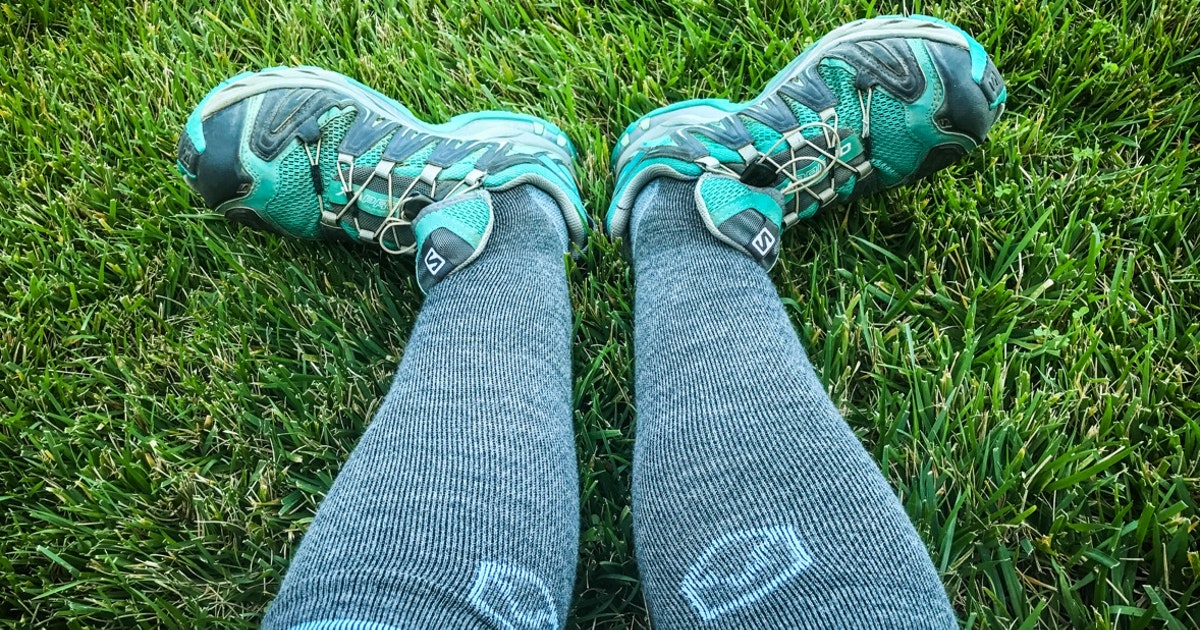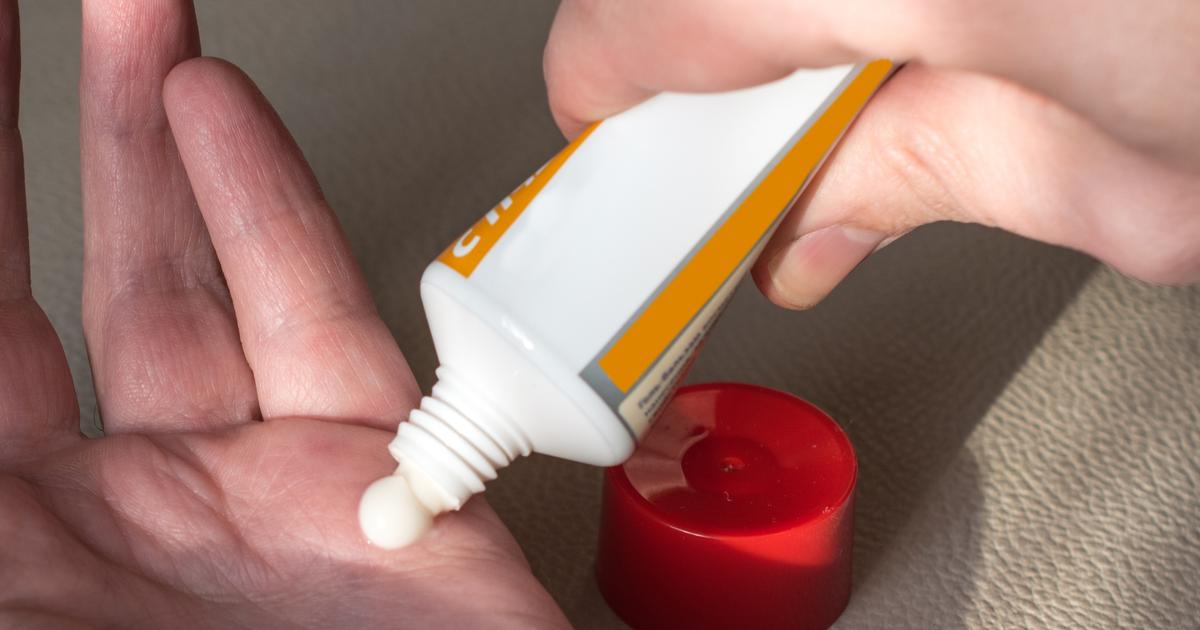How To Treat Varicose Eczema
Varicose eczema is one of many types of eczema. It is a chronic condition that tends to last for a long time, but the symptoms can be managed with treatment. Sometimes it is the result of an underlying health condition, and the symptoms may go away after the underlying cause is treated. Like all types of eczema, it causes swollen, itchy, dry, and red skin. Patients might experience flaking and a constant need to scratch, and their skin might also become cracked and painful. Rather than existing throughout the body, varicose eczema is regulated to the legs. It often occurs alongside varicose veins. Some treatment methods focus on symptom management, while others focus on underlying causes. Patients need to talk to their doctor about the right treatment plan for them. With that said, here are some common treatments for varicose eczema.
Moisturizing Regularly

One of the best ways to deal with dryness and flaking is to engage in regular moisturizing. Different individuals have different moisturizer needs for their skin. If their legs are dry and cracked, individuals need to replenish the moisture in them. Individuals who aren't sure what kind of moisturizer they should be using should consult a dermatologist, who will be able to evaluate their skin type and needs to create a customized treatment plan. If eczema isn't treated, the flaky and dry patches of skin can progress to sores and blisters. The goal of a moisturizer is to protect and repair the skin's moisture barrier, which is what seals in moisture. Eczema weakens this barrier, leading to the dryness and flaking as the moisture evaporates from the skin. If individuals are living in extremely dry conditions, it might also help for them to add a humidifier to their living space. Dry air in the winter or the heat of summer can make the dryness in the skin much worse.
Uncover more treatments for varicose eczema now.
Wearing Compression Socks

One of the first lines of treatment for varicose eczema and varicose veins is wearing compression socks. Individuals should talk to their doctor to determine whether they're a good candidate for these stockings. Depending on their insurance plan, they may be able to have the cost reimbursed if their doctor cites a medical need. Compression socks are easy to find, and most local drugstores have at least one pair. Even individuals without varicose veins and eczema use them to help with their sports performance and comfort. The socks gently compress the legs to narrow the blood vessels and improve blood flow. This helps undo some of the damage done by constant hypertension. Patients might benefit from compression socks especially if they work retail, fast food, or another job that requires them to stand for long periods each day. Since the blood doesn't pool in their legs, individuals tend to feel less achy and tired as the day goes on. This can also help minimize eczema flareups.
Read more about how to treat varicose eczema now.
Topical Corticosteroids

Topical corticosteroids are another piece of a long-term treatment plan for varicose eczema. Individuals don't necessarily need a prescription for these medications, as some are available over-the-counter. However, a doctor can give patients prescription-strength corticosteroids to help treat eczema. There are several different conditions these medications are prescribed for. They help with skin ailments that range from debilitating to mildly irritating. More than ten million topical corticosteroid prescriptions are processed in the United States every year. The exact one that works best for patients will vary depending on the kind of lesion they're dealing with, their prior health history, and how powerful the medication is. Because eczema is largely regulated by immune responses, corticosteroids help lessen the severity of flareups. During flareups, the immune system causes inflammation and swelling and pain. The application of corticosteroids helps reduce inflammation. The result is the flareups are less irritated, swollen, and red. Many patients experience significantly less pain after using topical corticosteroids to help control their eczema flareups.
Discover additional ways to treat varicose eczema now.
Increasing Physical Activity

For those who are able, one of the key ways they can help treat varicose eczema is by increasing their physical activity. Flareups of this type of eczema are related very closely to varicose veins and high blood pressure in the legs. When individuals stand or sit for long periods each day, blood pools in their lower legs, causing the venous walls to break down, making it difficult for the blood to circulate back. When individuals increase their physical activity, every movement of their legs helps increase circulation. In addition, cardio causes blood to circulate through the body very quickly rather than pooling anywhere. Patients might not be able to add full sessions of exercise to their day, especially if they're elderly or have health conditions that cause exercise intolerance. Even if individuals can't undergo cardio or strength training, just moving their legs a little helps. They should get up and take a lap around their desk every hour or so. When they lie down, it also helps to elevate their legs, allowing the blood to flow back down toward their heart without needing working cardiovascular valves.
Continue reading to learn more about treating varicose eczema now.
Surgery To Remove Varicose Veins

If patients are experiencing severe discomfort or pain because of varicose eczema, and other treatment methods haven't helped control it, they might be a candidate for surgery to remove varicose veins. This procedure is called varicose vein stripping, and it removes the twisted and bulging veins from their thighs or legs. When patients undergo the procedure, their veins are treated, and their surgeon will also help prevent them from returning. Other names for the surgery are vein stripping with ablation, avulsion, or ligation. Before the procedure, the doctor will do a physical exam to find out where the non-working valves in the patient's legs are. They might do an ultrasound of the patient's legs to get a more detailed view. A duplex scan might be ordered, which is an imaging tool that allows individuals to see clear images of the affected veins along with the amount of blood flow.